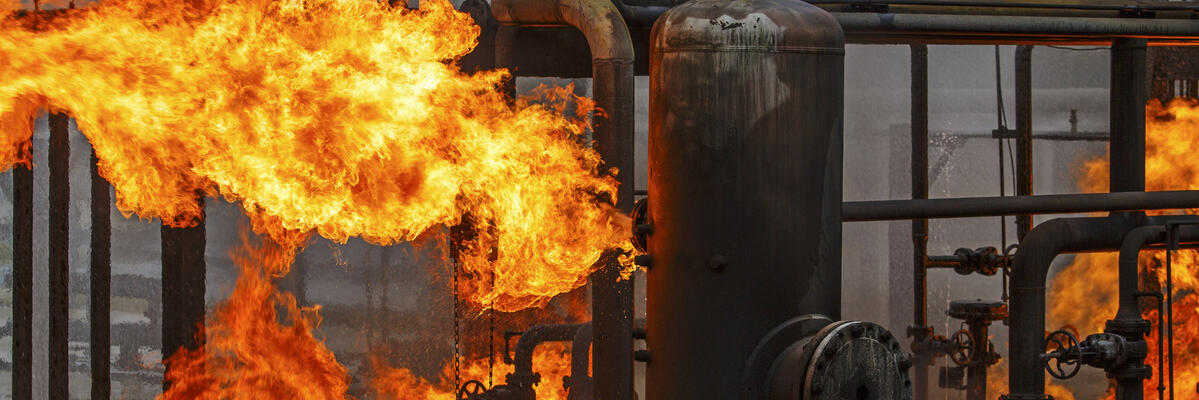Press contacts
Deidre Nelms, Coming Clean, (802) 251-0203 ext. 711 dnelms@comingcleaninc.org
Brian Gumm, Center for Progressive Reform, 202-747-0698 x2, bgumm@progressivereform.org
Seth D. Michaels, Union of Concerned Scientists, 202-331-5662, smichaels@ucsusa.org
On August 19, 2022, the U.S. Environmental Protection Agency (EPA) proposed the Safer Communities by Chemical Accident Prevention (SCCAP) rule, which made long-awaited revisions to the Risk Management Program (RMP). The program is intended to prevent chemical disasters and regulate facilities that use or store highly hazardous chemicals. In the United States, over 177 million Americans live near more than 12,000 high-risk facilities that use or store highly hazardous chemicals.
The Coalition to Prevent Chemical Disasters, which includes climate, environmental justice, health and labor organizations, released the following statement on the proposed rule:
The Coalition to Prevent Chemical Disasters has worked for many years to support policies that can help prevent catastrophic chemical fires and explosions, which occur with horrifying regularity in the United States. Over 100 chemical disasters occur annually in our country, demonstrating serious weaknesses in EPA’s previous Clean Air Act Risk Management Plan (RMP) Rule. Communities of color and low-income communities disproportionately bear the impact of these disasters.
The members of our coalition look forward to carefully evaluating the new draft Risk Management Plan Rule in detail.
Since the Biden administration took office, a diverse group of stakeholders have called on the EPA to strengthen this rule and better protect workers and communities. Members of Congress, local and state elected officials, chemical security experts, health professionals, faith leaders, labor unions and fenceline community members backed by environmental health and justice organizations have been vocal in their demands for a truly preventative chemical disaster rule.
Our priorities for the RMP rule have remained consistent:
- EPA should require, rather than merely advise, all RMP facilities to implement hazard reduction measures, such as the use of inherently safer technology, chemicals and processes, as recommended multiple times by the U.S. Chemical Safety and Hazard Investigation Board (CSB).
- EPA should explicitly require all RMP facilities to assess and prepare for climate hazards like hurricanes, storm surges, flooding and wildfires that increase the risk of chemical disasters, as recommended by the U.S. Government Accountability Office.
- EPA should include common-sense emergency response and incident management requirements in an updated rule that fenceline communities have called for, such as real-time fenceline air monitoring, back-up power and/or safe shutdown for facilities, multilingual alerts, and advance community notification about the plan for emergencies — before an incident occurs.
- EPA should increase enforceability, corrective action, and accountability in the rule, in part by recognizing workers as key partners in chemical disaster prevention through measures like stop-work authority and anonymous safety reporting.
- EPA should expand coverage of the rules and the program to more chemicals and facilities, including ammonium nitrate, to prevent incidents like the devastating West, Texas disaster, and the recent chemical fire at the Weaver fertilizer plant that could have triggered a major explosion.
###
The Coalition to Prevent Chemical Disasters is made up of organizations concerned about environmental justice, worker safety, public health, national security, and the environment that support common-sense Risk Management Program reforms and other actions to prevent chemical disasters. For information on recent dangerous chemical incidents at RMP and non-RMP facilities, and to see reports and resources on chemical disaster prevention, visit preventchemicaldisasters.org.

